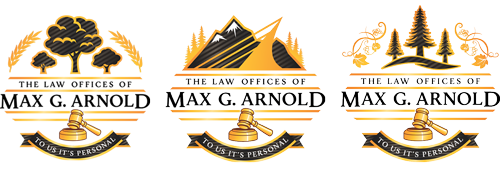Who Is at Fault in a Car Accident?
At-fault party refers to the person that caused a vehicular accident. In some cases, it is easier to assign than in others. For example, you are at fault if you do not stop when another party applies brakes and bang into them.
Every state has laws on how fault is established in an auto accident. Auto insurers need to know who is at fault to determine the party responsible for the loss and damages.
Here are auto accident situations and how fault, claims, and liability are handled.
- 50/50 fault: If it is difficult to establish the at-fault party, mostly if no witness saw the auto accident occur, some insurers often decide to share the expenses equally between the two parties, though some states might not allow this arrangement.
- 51 percent and above at fault: In certain instances, the at-fault percent matters. Some car accidents involve more than partially at-fault parties. In some states, if one party is 51percent or more at fault, he will cater for 100 percent of the damages, while in others, comparative car accident negligence applies.
- 100 percent at fault: If a party is deemed 100 percent at fault in a car accident, their insurer is responsible for paying for the damages.
Ways of Determining Fault
Fault determination can be challenging, particularly if no witness was present at the accident scene. Normally, the people involved in fault determination are the drivers, the law enforcement agents, and the drivers’ insurers.
Drivers Involved
The drivers involved in an auto accident can establish the party at fault. They might lay the blame for causing the accident on each other, while in some instances, a driver may admit liability. If a driver admits fault, he or she has to bear financial responsibility associated with the incident.
For a driver to prove innocence, he needs to take pictures of the scene and get contacts from witnesses to assist in his case. Additionally, he will require to exchange insurance information with the other party and note down what happened as they wait for the police.
Police Report
After an accident, the police analyze the incident to understand the party at fault. They might sketch the scene and note the degree of car damage on their report. Police are instrumental in establishing whether factors like texting and driving or driving under the influence led to the accident.
Insurance Companies
Your auto insurance company decides the claims to fulfill. If the other driver is the at-fault party, your insurer will demand compensation from the other party’s insurance company.
When It Is Difficult To Determine the Fault
In some incidences, fault cannot be determined by either the drivers, insurance companies, or the police. In such cases, the options are few. Some parties opt for arbitration, while other drivers opt to file a lawsuit.
Note that in the states of Maryland, Virginia, Alabama, Washington, D.C., and North Carolina, parties even one percent at-fault may fail to get compensation for damages from the other driver.
No-Fault States
In some states, drivers can use their PIP (personal injury protection) to assist in paying for their injuries or those of other passengers in the car, regardless of who is at fault. Note that a party in a no-fault state also bears liability coverage and is liable for vehicle damage and medical bills associated with the accident as per no-fault car insurance laws.
Categorised in: Personal Injury Lawyer
